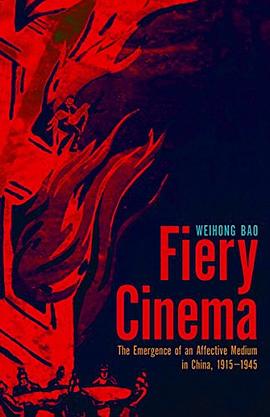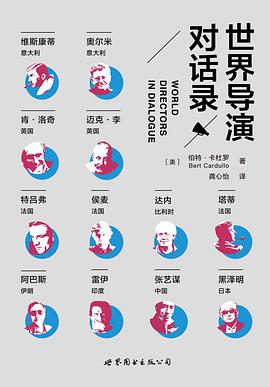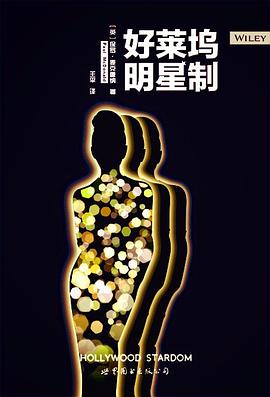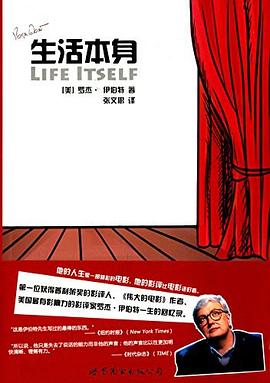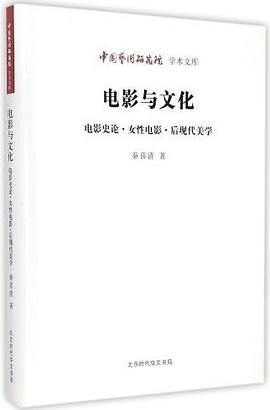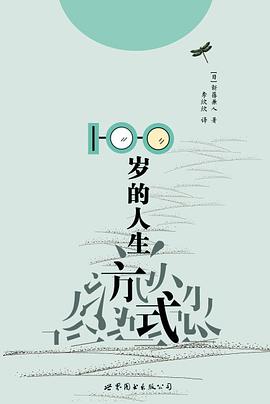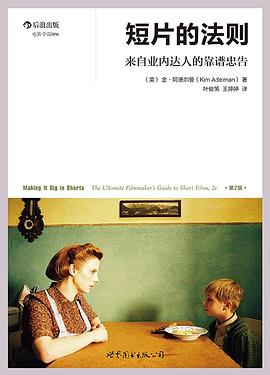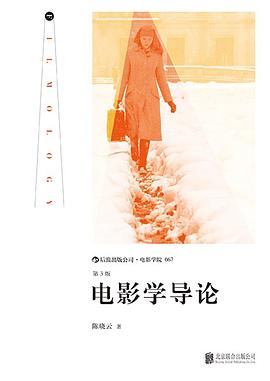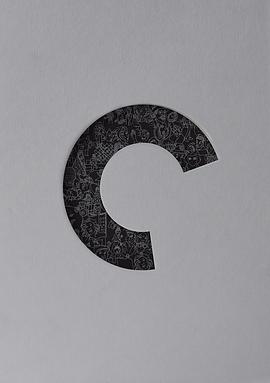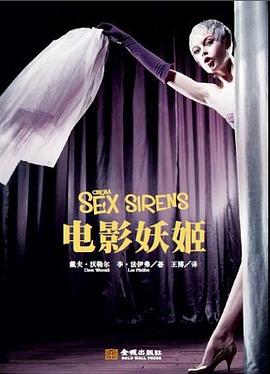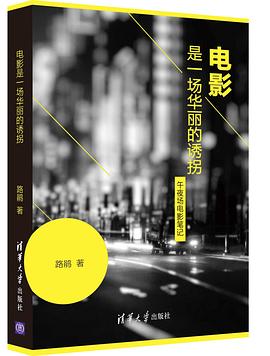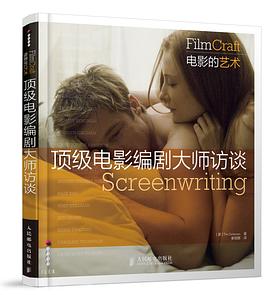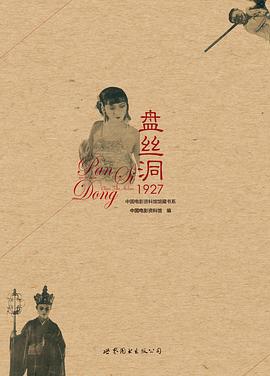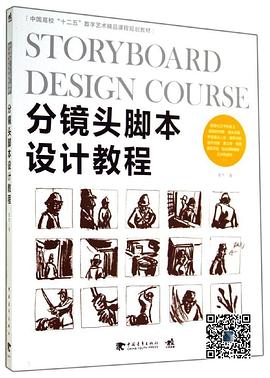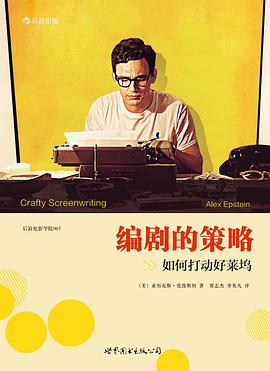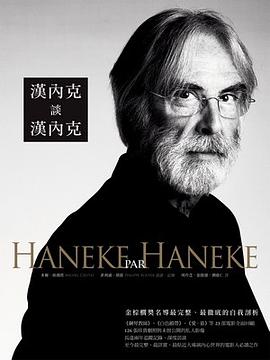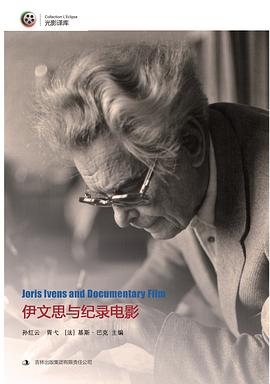
具体描述
Weihong Bao is assistant professor of film and media and Chinese studies at the University of California, Berkeley.
What was cinema in modern China? It was, this book tells us, a dynamic entity, not strictly tied to one media technology, one mode of operation, or one system of aesthetic code. It was, in Weihong Bao’s term, an affective medium, a distinct notion of the medium as mediating environment with the power to stir passions, frame perception, and mold experience. In Fiery Cinema, Bao traces the permutations of this affective medium from the early through the mid-twentieth century, exploring its role in aesthetics, politics, and social institutions.
Mapping the changing identity of cinema in China in relation to Republican-era print media, theatrical performance, radio broadcasting, television, and architecture, Bao has created an archaeology of Chinese media culture. Within this context, she grounds the question of spectatorial affect and media technology in China’s experience of mechanized warfare, colonial modernity, and the shaping of the public into consumers, national citizens, and a revolutionary collective subject. Carrying on a close conversation with transnational media theory and history, she teases out the tension and affinity between vernacular, political modernist, and propagandistic articulations of mass culture in China’s varied participation in modernity.
Fiery Cinema advances a radical rethinking of affect and medium as a key insight into the relationship of cinema to the public sphere and the making of the masses. By centering media politics in her inquiry of the forgotten future of cinema, Bao makes a major intervention into the theory and history of media.
用户评价
##英文水平不足以让我看懂他的深邃思想。
评分##用伯格森哲学和媒介考古学的方法来做(早期)中国电影史,相信包不只是出于热爱,还包括以下几点原因:早期电影拷贝丢失严重,文本分析无能,只能考察观众的接受;同时,以符号学、精神分析为主的电影分析方法,在汉森和冈宁的努力下,于早期电影研究中已成为明日黄花,师承汉森的包肯定受此影响;再有便是对于早期这个概念的颠覆——早期电影在大陆官方电影史研究中一般指建国前的电影,政治意味很浓,左翼和非左翼的划分由此而来。想要突破这一固结的二元对立,就从美学意象和技术面向进行“再组织”,最后要质疑早期这一概念。基于白话现代主义的研究思路,也强调“身体性”和感官,即“体验”,这样的话,联系到“情动”便不奇怪。包重书电影史的灵光时有时无,对媒介、宣传这些概念的理解还是不够深。章四写左翼电影与建筑透明性的关系不错。
评分##重写中国电影史和媒介史。低调,扎实,漂亮。
评分 评分##写得影史三城记,借得烈火一缕魂。
评分##陪伴我开始电影史研究的案头书,写不同章节不断地读,终于有机会一次读完。本书关注电影与其他媒介互动的跨媒介视角,以及突破白话现代主义概念忽略政治维度,提出政治现代主义——左翼的透明美学与抗战时期重庆的宣传理论的尝试,确为电影史研究打开了广阔的视角。但是affective medium关联自然、物质、社会、感官多个层面,这样的理论架构会不会太过开阔,乃至于在丰富诠释之外缺乏内在的连贯性?
评分 评分 评分相关图书
本站所有内容均为互联网搜索引擎提供的公开搜索信息,本站不存储任何数据与内容,任何内容与数据均与本站无关,如有需要请联系相关搜索引擎包括但不限于百度,google,bing,sogou 等
© 2025 book.tinynews.org All Rights Reserved. 静思书屋 版权所有

